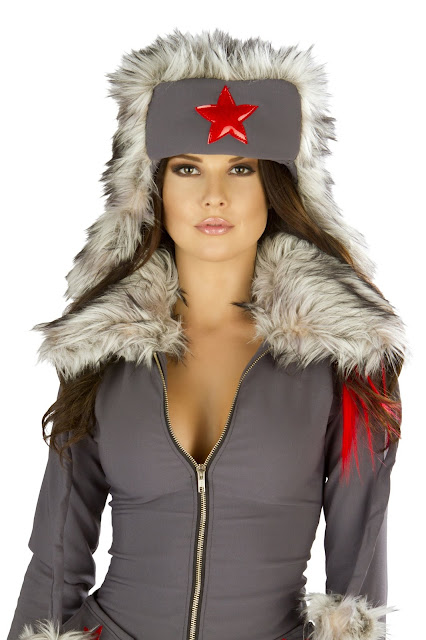Special counsel Robert Mueller isn’t the only person fixated on Russia. So are online content promotion services, judging by all the clickbait they’re serving.
Clickbait purveyors especially like to use the honeypot of pretty women to entice web traffic. They’re like real-life Russian operatives Anna Chapman and Maria Butina.
However, clickbait articles touting photos of real Russian women often use photos of women who aren’t Russian.
What follows are some examples I’ve seen of clickbait articles alleging to show pictures of “the real Russia.” Some, of course, are lying clickbait.
One sponsored article on Yahoo was titled “These surreal pictures show you the real Russia.” Not quite. The pictures are of women wearing sexy costumes inspired by Russian military uniforms. (The costumes are sold online as “Russian soldier costume” or “sexy Red Star general.”)
Another sponsored article titled “What Russians wear in the winter is not what you expect” used a photo of German glamour model and actress Jordan Carver, who’s now based in the United States. (See articles by Wikipedia and Listal.)
A different post with a similar headline used a photo of a blonde in sexy lingerie typing on a laptop computer. I couldn’t find the origin of the photo, but I’m willing to bet the lady isn’t Russian.
A Taboola-sponsored post titled “These photos show what it’s really like to live in Russia” used an actual Russian in its photo. The picture shows Alena Shishkova, a Russian glamour model and beauty queen. (See her pages on Wikipedia and Instagram.)
A Yahoo clickbait article titled “Rare photos of everyday life in Russia” used a photo of Ukrainian model Valeria Lukyanova, who is notable for her resemblance to a Barbie doll. She has worked in Russia, but a picture of her is hardly everyday life there.











No comments:
Post a Comment